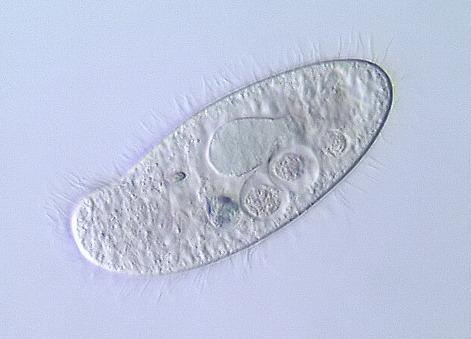ecology of Sarracenia purpurea inquilines
 Sarracenia purpurea, or the purple pitcher plant, forms cup
shaped leaves that readily fill with rainwater. These leaves make
nectar when first opened, attracting ants and other prey that fall
in and drown, providing nutrients for the plant. The open,
water-filled leaves provide a habitat for a well-studied community
including dipterans, mites, rotifers, protozoa, yeast, and
bacteria, most of which ultimately depend on the prey captured by
the host plant.
Sarracenia purpurea, or the purple pitcher plant, forms cup
shaped leaves that readily fill with rainwater. These leaves make
nectar when first opened, attracting ants and other prey that fall
in and drown, providing nutrients for the plant. The open,
water-filled leaves provide a habitat for a well-studied community
including dipterans, mites, rotifers, protozoa, yeast, and
bacteria, most of which ultimately depend on the prey captured by
the host plant.
These small ecosystems are ideal for experimental community ecology. We have since investigated spatial patterns in communities (Harvey and Miller 1996), consumer vs. resource control (the work of Jamie Kneitel, including Kneitel and Miller 2002), metecommunity dynamics (Kneitel and Miller 2004), ecosystem dynamics (Mouquet et al. 2008), and, more recently, selection and evolution in protozoa (led by Casey terHorst; terHorst 2010, Miller et al. 2014). We have continued to collaborate with wonderful colleagues on this work, especially Sarah Grey, Aaron Ellison, Nick Gotelli, Dominique Gravel, Bill Bradshaw, and Christine Holzapfel.